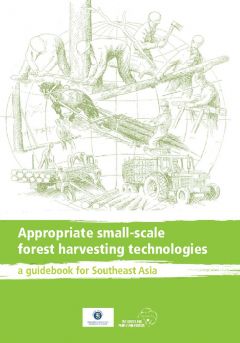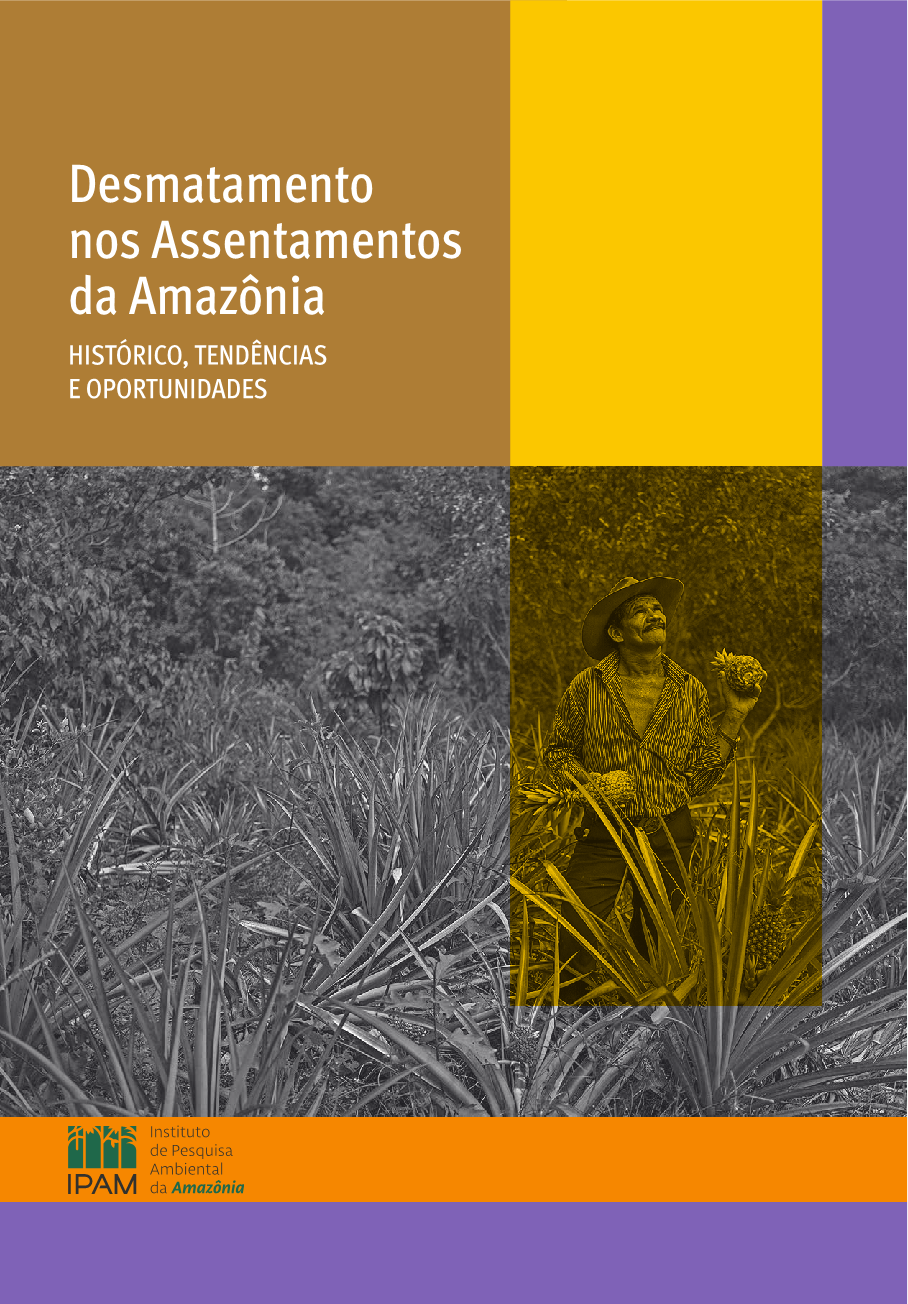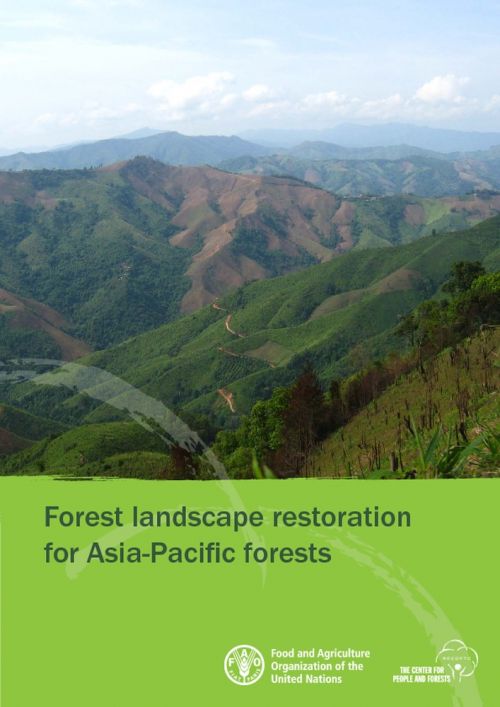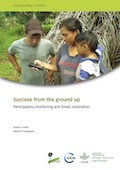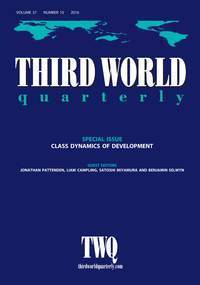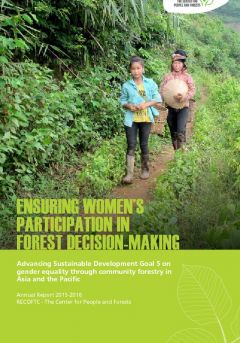Legally and Illegally Logged Out: Drivers of Deforestation & Forest Degradation in Myanmar
... Myanmar’s forest and timber sector has been central to the country’s economy and society, particularly over the last century. Since the colonial era, timber has been a major export revenue earner to Burma/Myanmar and thus subject to much political debate (Bryant 1996). In addition to timber export revenues, the forests of Myanmar have always provided timber and non-timber forest products for domestic consumption as well as a range of environmental services including water catchment, habitat for flora and fauna, carbon storage, and soil nutrient recovery in rotational agriculture.


